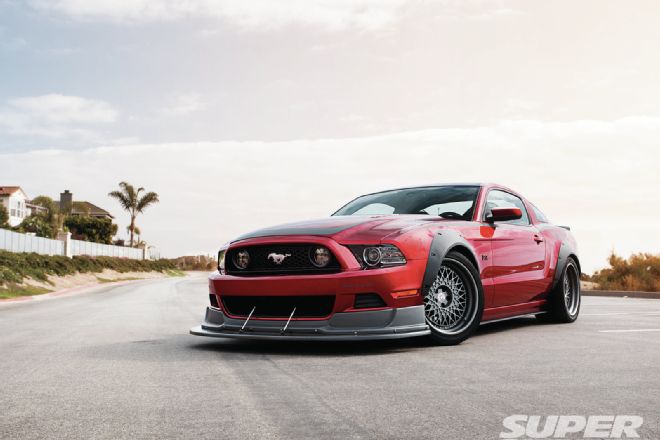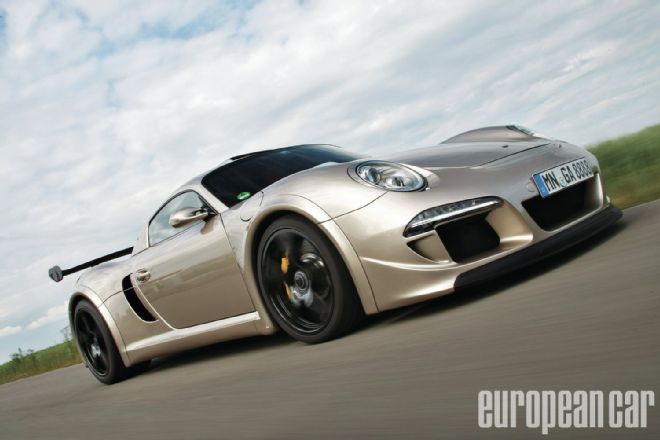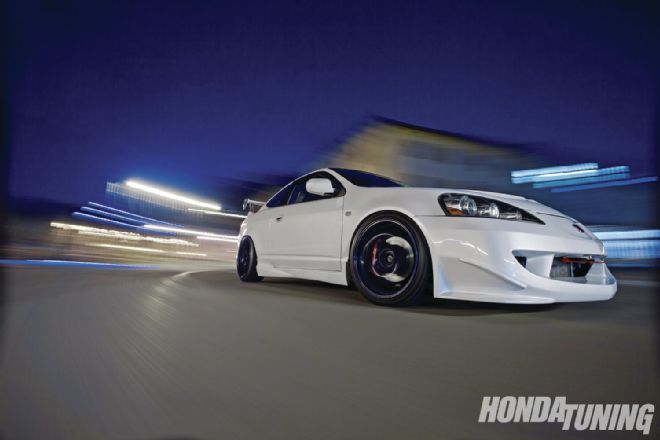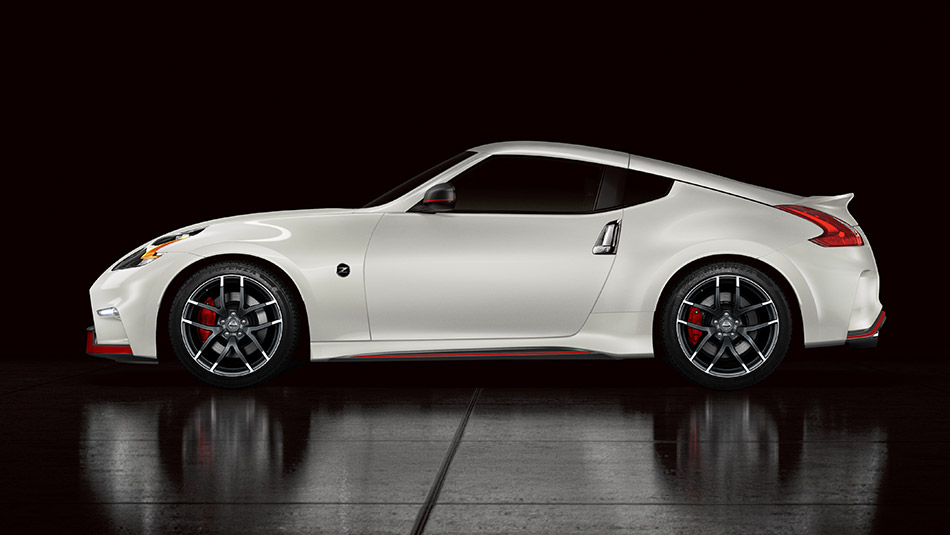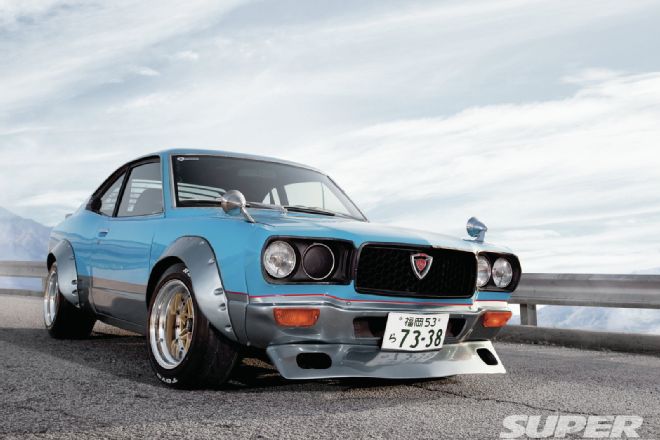I’m just about as shocked since you are to be witnessing a piece of American metal in Super Street-and not just any part of metal, a freakin’ Mustang. The truth is, this battle of imports versus domestics has gone on for so many years-why shouldn’t it? We hate Mustangs right? There’s a good reason we decide to subscribe to Super Street rather than Modified Mustangs or Chevy 5.. And there’s a reason we don’t pull up to local car meets and park next to the first Mustang we see-for that, we cannot blame you. Personally, when I hear “Mustang” I tend to think racing stripes, five spoke Cobra wheels, outdated styling and a lot of other things I ought to probably keep to myself. But lets be real for a second; times are changing, new body styles are emerging and deep-down inside, despite what your buddies (or even girlfriend) might think, you realize this Mustang looks exceptionally badass.
The truth is, this obviously isn’t your average run-of-the-mill Mustang. This is certainly a project from one of our own, Sir Vaughn Gittin Jr. If you’re relatively-new to the scene, you’ve probably known Vaughn as being the guy gettin’ squirrely in a Mustang around the Formula D circuit, however, Vaughn merely has recently moved over to the domestic “dark side” since 2005 or so. Initially growing up around cars and tweaking on imports, he started his career breaking the ice with a beastly S14 that had been actually featured in these very pages many years back. It wasn’t until late 2004 when the new Mustang body style was published that he instantly fell for each other and began pairing with Falken Ford and Tire Racing to create his first Formula Drift Mustang. With a rich history of podium slides, lets fast forward to 2009 in which the first RTR, or, Vaughn’s vision of the new generation of Mustangs, was wear paper and transformed into the monster you seeAttempting to blend genres and intertwine heritage, Vaughn created a production-ready 6 and 8 cylinder banger (aka the Spec-I and Spec-II RTR) to help you Ford reel in a new generation of enthusiasts while continuing to deliver appeal to the diehard, traditional folks. Although the Spec-III RTR on these very pages was actually a SEMA project in conjunction with Mothers for the 2012 season, it is actually still able to take a beating and provides the perfect example of what endless possibilities this new platform provides.
Starting with power, a Ford Racing blower was snapped atop the hefty, factory 5. V8 in addition to a group of American Racing headers as well as a 3 X-pipe leading instantly to an RTR axle-back exhaust produced by Magnaflow. Though we’d like to feature a detailed sob story of how much of difficult it was to have this car up to a steady 650 hp, it seems that just after a small tune from Revolution Automotive, the factory V8 handles the power similar to a champ and was consistently ready for any thrashing. You are aware that saying, “Built Ford Tough”-well, it came into being for a reason, and Vaughn is living proof on a day-to-day basis: so, believe it.Ford and shocks Racing to personally test and develop all suspension components to guarantee maximum stability and configurability. the, Vaughn and enough team elected to choose none other than a set of staggered, industry standard, three-piece HREs to get a strong, yet contemporary stance, as if that wasn’t enough.
The exterior and interior aesthetics of this project are also an incredible example of the dedication and soul that has been placed into this build. You my buddy, are wrong, if you thought the exterior was some sort of vinyl wrap. It’s actually paint, real, one-of-a-kind paint formulated in a two-stage candy carizzma waterborne coat custom developed by BASF and also the intuitive folks at Mothers. For added aggression, RTR carbon-fiber splitters and spoilers surround the body and conjoin using the unmistakable RTR carbon-fiber fender flares. While still expressing detail on the T, the inner was redone with RTR Spec-III front seats designed by Sparco in addition to an RTR rear seat delete kit to successfully house a rear crossbrace and rollbar.
So if you’ve ever considered to yourself, “Why in the hell is this world class Formula Drift driver still rocking a Mustang? ” Well, now you know. It’s not due to some insane sponsorship or for the security of a solid paycheck, but for that fact that Vaughn Gittin Jr. truly believes inside the platform, and is extremely enthusiastic about diversifying the automotive culture, filling the void and bridging the space between domestics and imports. Eventually, you’ll come out and admit your passion for the new Ford brand. It’s ok, we won’t hate you for it; we know we have.
